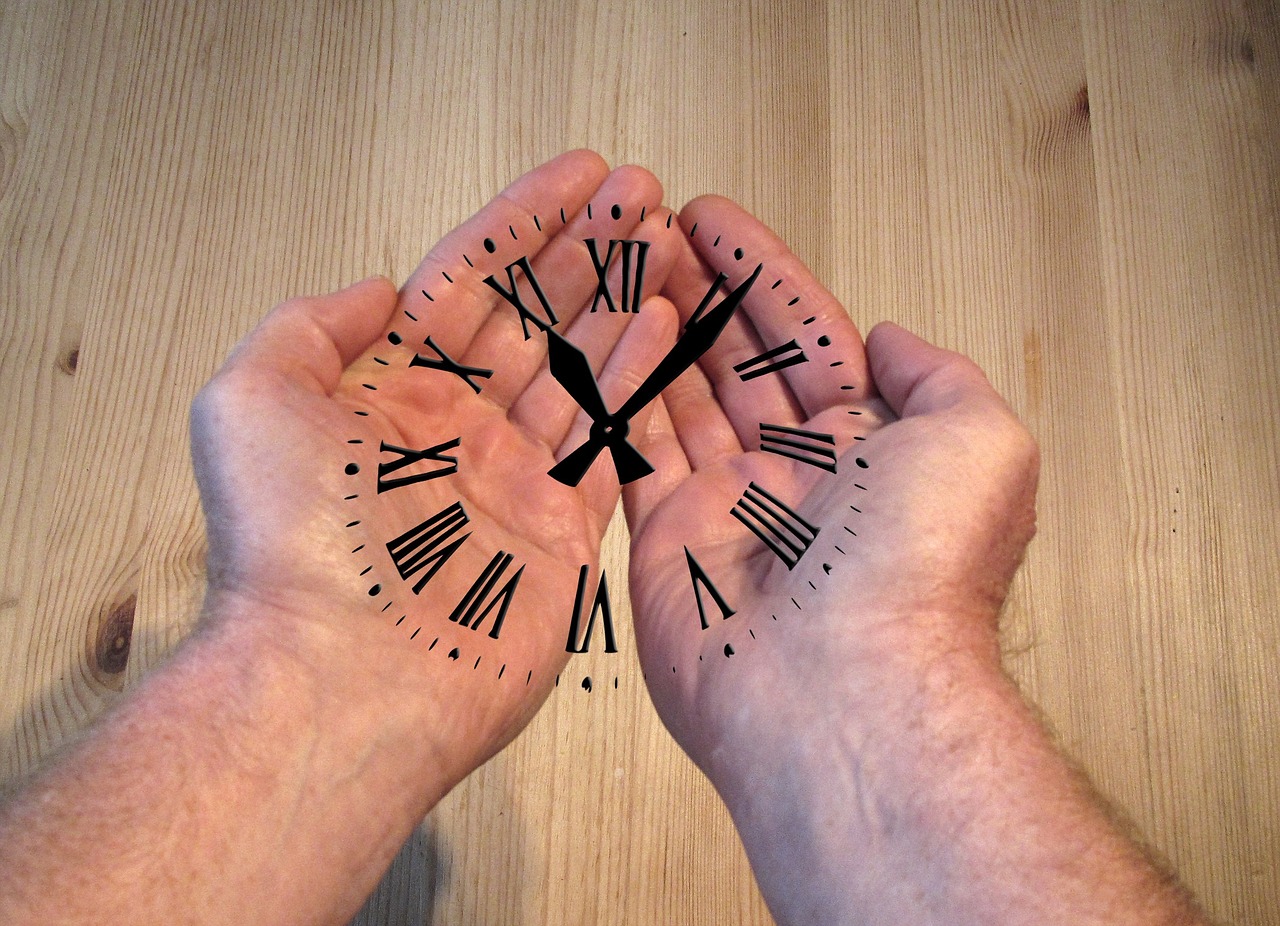The Evolution Timekeeping
Timekeeping has been an essential part of human civilization since ancient times. From the sundials of ancient Egypt to the atomic clocks of today, the tools and techniques for measuring time have evolved significantly. In this blog post, we will explore the fascinating journey of timekeeping and how it has shaped our lives.
The Beginning: Sundials and Water Clocks
The earliest known method of timekeeping dates back to ancient Egypt around 1500 BCE. The Egyptians used sundials, which relied on the position of the sun to indicate the time of day. These early timepieces consisted of a flat surface with a stick, known as a gnomon, that cast a shadow onto marked lines.
Another ancient timekeeping device was the water clock, also known as a clepsydra. These clocks used the flow of water from one container to another to measure time. By marking the level of water in the container, people could determine the passage of hours or minutes.
The Mechanical Revolution: Mechanical Clocks
The invention of mechanical clocks in medieval Europe marked a significant advancement in timekeeping. These clocks used a system of gears and weights to measure time. The first mechanical clocks were large and often installed in public places, such as churches or town squares.
One of the most famous mechanical clocks in history is the astronomical clock in Prague, Czech Republic. Built in the 15th century, this clock not only displayed the time but also provided astronomical information such as the positions of the sun, moon, and zodiac constellations.
The Industrial Age: Pocket Watches and Pendulum Clocks
The industrial revolution brought about the mass production of timekeeping devices, making them more accessible to the general public. Pocket watches became popular during this time, allowing individuals to carry a portable timepiece with them wherever they went.
Another significant development was the invention of the pendulum clock by Christiaan Huygens in the 17th century. The pendulum’s regular swinging motion provided a more accurate way of measuring time, leading to the creation of more precise clocks.
The Electronic Era: Quartz Watches and Atomic Clocks
In the 20th century, electronic technology revolutionized timekeeping once again. Quartz watches, introduced in the 1960s, replaced the traditional mechanical movements with a quartz crystal that vibrated at a precise frequency when an electric current was applied. This innovation made watches more accurate and affordable.
Today, atomic clocks are the most accurate timekeeping devices available. They use the vibrations of atoms to measure time, with an accuracy of up to one second in millions of years. Atomic clocks are used in various applications, including satellite navigation systems and scientific research.
The Future: Smartwatches and Beyond
As technology continues to advance, so does the world of timekeeping. Smartwatches, equipped with various features such as fitness tracking and notifications, have become increasingly popular in recent years. These devices not only tell time but also offer a range of functionalities that cater to our modern lifestyle.
Looking ahead, the future of timekeeping holds exciting possibilities. With the advent of quantum technology, scientists are exploring the potential of atomic clocks that are even more accurate and precise. These advancements may have implications in fields such as space exploration, telecommunications, and navigation.
Conclusion
From the ancient sundials to the cutting-edge atomic clocks, the evolution of tools and techniques for timekeeping has been a remarkable journey. Each innovation has brought us closer to measuring time with greater accuracy and convenience. As we continue to explore new frontiers, the quest for accurate timekeeping remains an integral part of our human experience.


